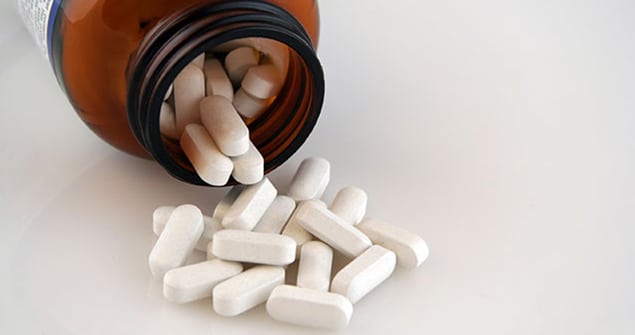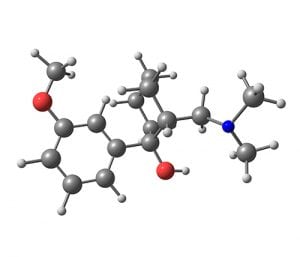
Learn more about Tramadol and its uses, side effects, and more.
Tramadol is an opioid analgesic that is used to treat pain. It is sold under the brand names Ultram, the extended release form Ultram ER, and Conzip. It is also available in the generic form. Tramadol is much less potent than morphine but is roughly equivalent to codeine.
- Tramadol is only recommended for patients over the age of 18 years
- It can be used in the elderly, but people over 75 years tend to clear the drug from their systems more slowly, so they are often placed on lower doses
CONTACT US TODAY
Uses
Tramadol is used to treat either acute or chronic pain. It is effective for all degrees of pain, from mild to moderately severe. The drug is taken by mouth in pill form and should not be crushed, divided, or dissolved. It can be dangerous, even fatal, to inhale or inject this drug.
Side Effects

Another risk that is particularly associated with tramadol is a condition called serotonin syndrome. This is most likely to occur if the drug is taken with antidepressants, and it results from the buildup of too much serotonin in the nervous system. Serotonin syndrome can cause physical symptoms such as fever, sweating, rapid heartbeat and muscle stiffness. It also produces psychological symptoms like agitation, anxiety and hallucinations. Because of the way tramadol can interact with antidepressants, it is not recommended for anyone who is believed to be at risk for suicide.
Less common side effects include allergic reactions, sexual dysfunction, itching, and missed or irregular menstrual periods. The allergic reaction can be life-threatening, involving rashes, swelling, and closing of the throat. Tramadol can also slow reaction time and produce drowsiness, making driving more dangerous.
Tolerance and Dependence
It is possible to develop a physical dependence on tramadol. It usually does not produce the kind of psychological cravings that are common with other opioids. Addiction is much more likely if the person has a history of alcohol or drug abuse, and it is imperative that patients not mix tramadol with alcohol.
Users should also be cautious when they first begin using the drug or when their dosage is increased. The lack of tolerance by their bodies for the higher dose can slow the rate of respiration or even stop breathing completely.
Withdrawal Symptoms
Tramadol can produce a wide range of unpleasant symptoms if its use is stopped suddenly. These include numbness and tingling, nausea, muscle aches, and chills. Withdrawal also produces frightening psychological symptoms such as paranoia, confusion, restlessness, insomnia, and hallucinations. These unpleasant effects can usually be avoided or eliminated by taking an effective approach to detox.


